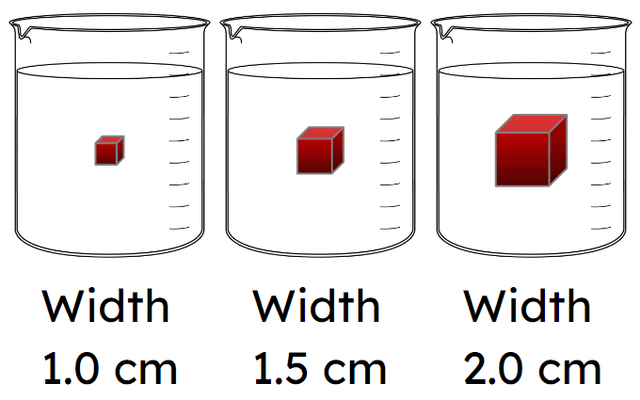Myths about teaching can hold you back
- Year 7
Diffusion through a permeable material: practical
I can explain observations of diffusion through jelly cubes (a permeable material).
- Year 7
Diffusion through a permeable material: practical
I can explain observations of diffusion through jelly cubes (a permeable material).
These resources were made for remote use during the pandemic, not classroom teaching.
Switch to our new teaching resources now - designed by teachers and leading subject experts, and tested in classrooms.
Lesson details
Key learning points
- Particles of a liquid can move through a material by diffusion if the material is permeable.
- Observe a liquid diffusing into a jelly cube.
- Predict and observe effect of temperature on the diffusion of a liquid into a jelly cube.
- Predict and observe effect of cube size on the diffusion of a liquid into a jelly cube.
- Use ideas about particles and diffusion to explain these observations.
Keywords
Diffusion - Diffusion is the net movement of particles of a substance down a concentration gradient.
Net movement - Net movement is the overall movement of particles from one area to another.
Permeable - A material is permeable if particles of a liquid are able to move through it.
Variable - In a science experiment, a variable is a factor that can be changed, kept the same, or measured.
Prediction - A scientific prediction is a testable statement about a possible outcome of an experiment
Common misconception
Particles cannot diffuse through a seemingly solid material.
This practical lesson enables pupils to observe the diffusion of acid through permeable cubes of coloured jelly.
To help you plan your year 7 science lesson on: Diffusion through a permeable material: practical, download all teaching resources for free and adapt to suit your pupils' needs...
To help you plan your year 7 science lesson on: Diffusion through a permeable material: practical, download all teaching resources for free and adapt to suit your pupils' needs.
The starter quiz will activate and check your pupils' prior knowledge, with versions available both with and without answers in PDF format.
We use learning cycles to break down learning into key concepts or ideas linked to the learning outcome. Each learning cycle features explanations with checks for understanding and practice tasks with feedback. All of this is found in our slide decks, ready for you to download and edit. The practice tasks are also available as printable worksheets and some lessons have additional materials with extra material you might need for teaching the lesson.
The assessment exit quiz will test your pupils' understanding of the key learning points.
Our video is a tool for planning, showing how other teachers might teach the lesson, offering helpful tips, modelled explanations and inspiration for your own delivery in the classroom. Plus, you can set it as homework or revision for pupils and keep their learning on track by sharing an online pupil version of this lesson.
Explore more key stage 3 science lessons from the Diffusion unit, dive into the full secondary science curriculum, or learn more about lesson planning.

Equipment
Licence
Prior knowledge starter quiz
6 Questions
Q1.Who is correct?
Q2.The particles that make up a liquid are ...
Q3.Match each scientific term to its correct definition.
different concentrations of particles in one area and another
the overall movement of particles from one area to another
the net movement of particles down a concentration gradient
Q4.Which statement is true?

Q5.In which direction will there be net movement of particles?
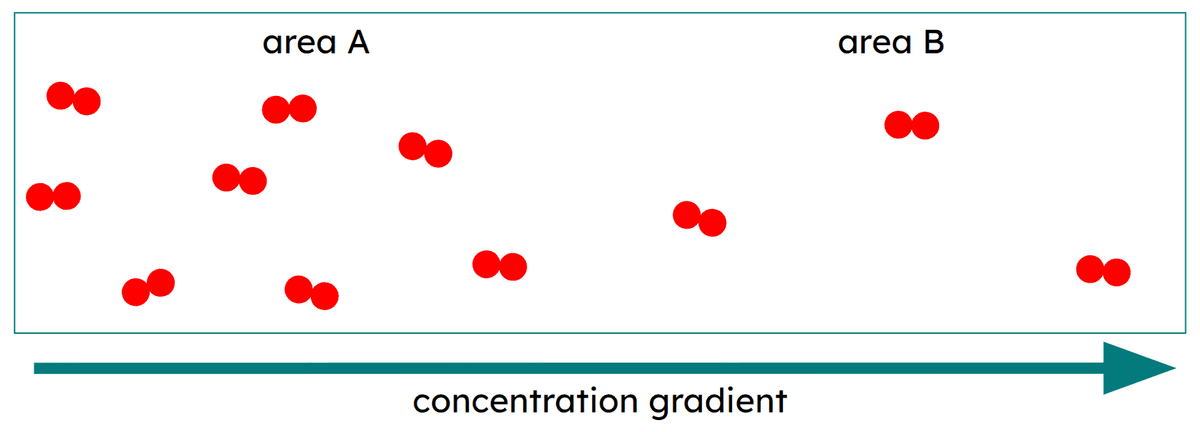
Q6.In which direction will particles move along the concentration gradient?

Assessment exit quiz
6 Questions
Q1.Particles of liquid can move through a material if it is .
Q2.Particles of liquid can move into a cube of jelly by the process of ...
Q3.In which beaker have particles of acid diffused all the way to the centre of the jelly cube?
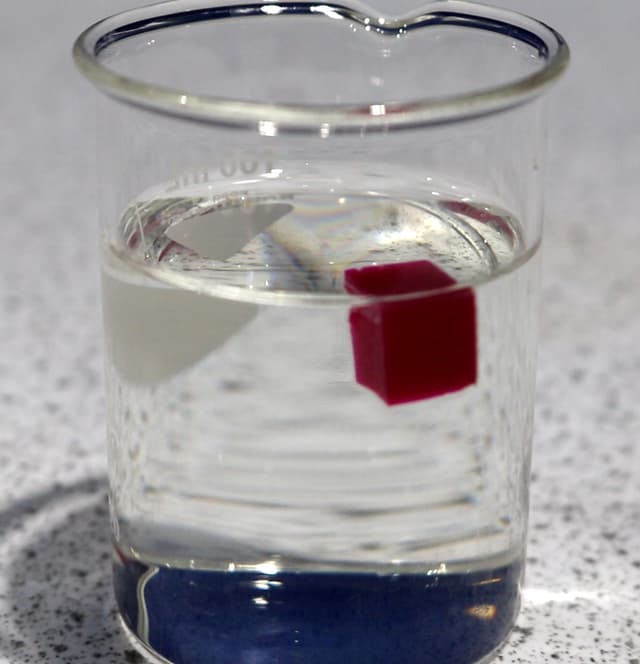
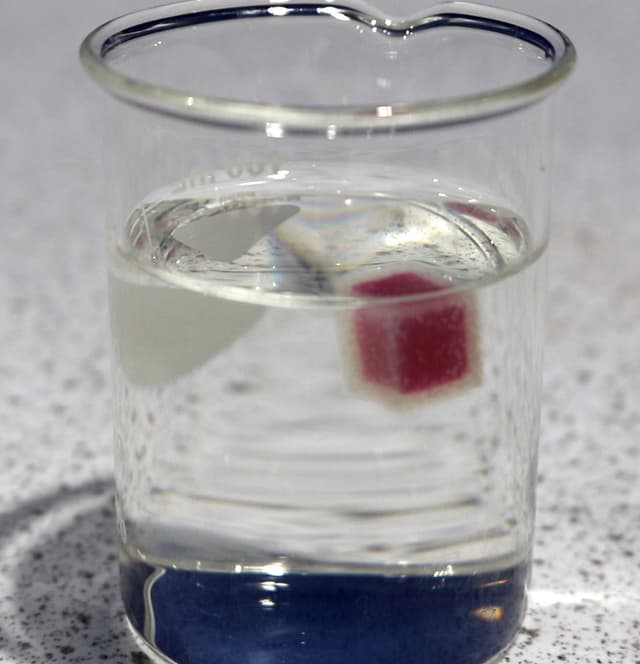
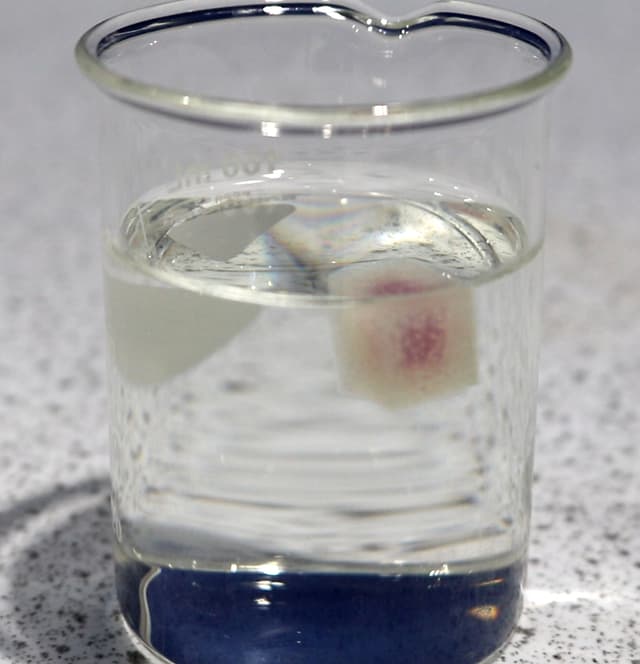
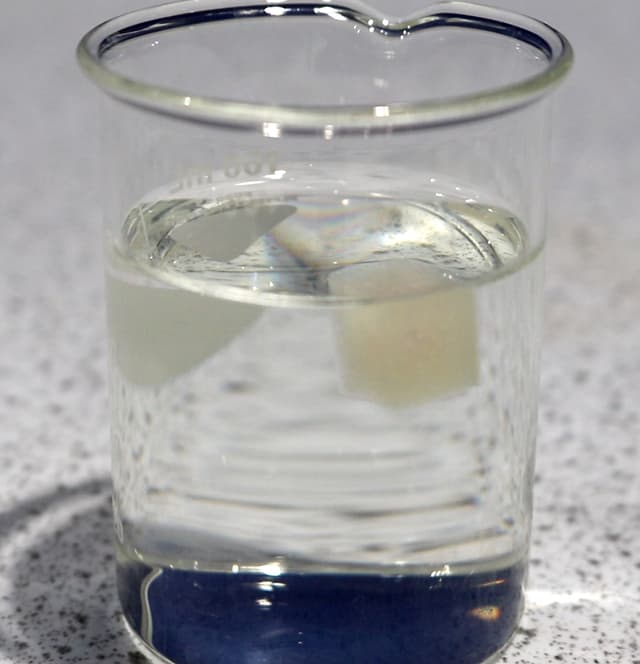
Q4.Jelly cubes are placed in acid at three different temperatures, and the time taken for the acid to decolourise each cube is recorded. Match the types of variables to the factors.
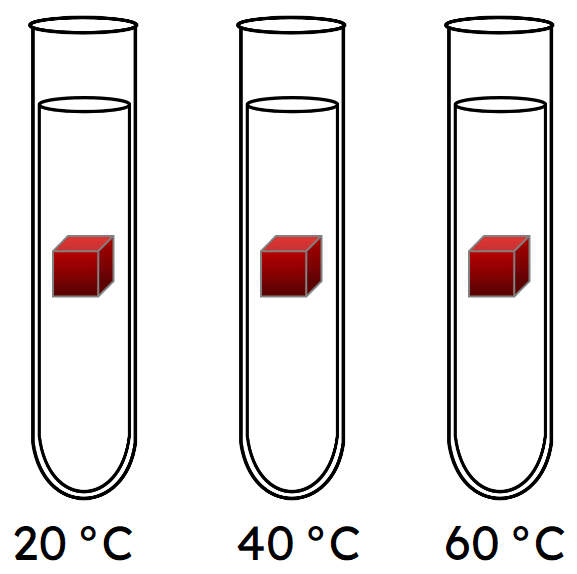
temperature of the acid
time taken to decolourise each cube
the size of the cubes
Q5.Which scientific prediction is most likely to be correct?

Q6.Jelly cubes of three different widths are placed in acid. Which cube will be completely decolourised by the acid in the shortest time?
